I've often likened vegetable farming to golf -- each year a completely different course, unknown in its layout and length, with novel demands on one's skill-set, exhilarating to engage (inevitably) no matter how draining and demoralizing the final tee. If this comparison is apt, I can say the back nine were especially hard on us in 2018.
Farming is famous for its yearly gauntlet of perils, primarily involving the vicissitudes of weather and markets. At Hilltop, we can at least be thankful to avoid the latter since we sell primarily retail.
But Nature swings a large bat.
As growers, we hedge against calamity in whatever ways are possible – row-cover in the Spring, seven-foot deer fencing, water-catchments to bridge the droughts, obsessive mulching to hold soil-moisture and protect against pounding rains. Much of our preparation is geared toward managing the hydrologic cycle.
We discovered this year however that there is only so much one can do in the face of an atmosphere supercharged by 200 years of carbon forcing. Nor was weather our only problem. As if somehow to remind us that we aren't the only ones on the planet now stuck with the consequences of human action, animal predation also took a number of novel and malevolent turns in 2018.
As with several years recently, a very late start to the growing season set us on the back foot right from the beginning. April was the second coldest and second snowiest on record, with well more than a foot of snow which did not yield to bare ground until the 21st of the month. Like 2014, the early cold was hard on the pears and kiwi, with poor blossom-set on both. May and June reversed course, with anomalous heat but also prodigious rains. Only July was dry. The season then went briefly as expected until the week when both the red currants and sweet corn disappeared. A few days' dithering before getting traps set-out cost us dearly, with most of our apricots and pears vanishing along with currants and corn. Seven racoons later, we managed to get the problem under control.
A rather smaller problem then began to make itself known. Unaccountable burgeoning of mouse populations became evident in the form of gnawing through a sundry selection of our produce: potatos, melons, squash, pumpkins – just about anything that was either hard or contained seeds. The rodents were especially enthusiastic toward the sweet peppers, and it was typical – when the wind was not blowing and it was otherwise quiet – that you could stand in the pepper patch and hear their tiny munchings to every side.
Would that the floods might have knocked them out.
From mid-August, repeated episodes of heavy rain – nearly 20 inches in the ensuing three weeks – washed out roads and bridges across southwestern Wisconsin, nearly cutting off access to the outside. Indeed our own driveway, flensed by knee-deep ruts, cut off access even to the front gate. Somewhere between inches eight and 12 of the deluge, shortly into the second week, the entire crop of peppers lodged. Lying horizontal and unable to be re-righted in soupy soil, the fruits were exposed to an even more voracious onslaught by the mice who seemed otherwise unbothered by the flood other than to be additionally busied noshing the potatos which had been exposed.
When I sat down with the calculator at the end of the season, the grim details of our production were roughly as I expected, except in one regard. Our calorie efficiency – the number of food calories we produce per calorie of non-renewable energy used – was as good or better than it's ever been. That was despite a total poundage of produce roughly on par with 2014, another tough year.
In the past, we've estimated the amount of gas that we've put through our tiller during the season, figuring that because the amount was small we wouldn't be off by much. But they call it hazarding a guess for a reason.
Gas is calorie-dense, so even a few ounces one way or the other has a significant impact on our calculated efficiency. After sequestering a single gallon of fuel in a separate container at the start of this year, we discovered that we ran through barely 60% or 70% of it – I used 75% in my calculations just to be conservative. In past years we've assumed the yearly figure variously to be between one and 1 ½ gallons.
Despite a mere 138 lbs of produce delivered per share this year – a sum ennobled only by comparison to last year's abysmal 105 lbs – we produced nearly 11 calories of food per calorie of gas consumed. This was up from roughly seven to nine calories produced over the past five years, though those numbers would likely improve with a better estimate of actual gas use. All of these figures are roughly two orders of magnitude better than the 10-to-1 ratio generally-cited for conventional agriculture.
Cucumbers and eggplant were the big winners this year, with 10 and six lbs per share, respectively. Despite the best efforts of the mice we managed to deliver seven pounds of sweet peppers over 10 weeks – better than twice last year's total – even though late summer cloudiness meant that virtually non of them were ripe. The absence of sweet corn was disappointing, but we were able to round-up two melons per share this year, which is fairly unusual. And while pears and kiwi were at a bare minimum in 2018, we delivered nearly eight pounds of apples over seven weeks. Additional specifics are available in the accompanying spreadsheet.
Many thanks, as ever, to our subscribers who supported us, uncomplaining, through a tough 25th year.

